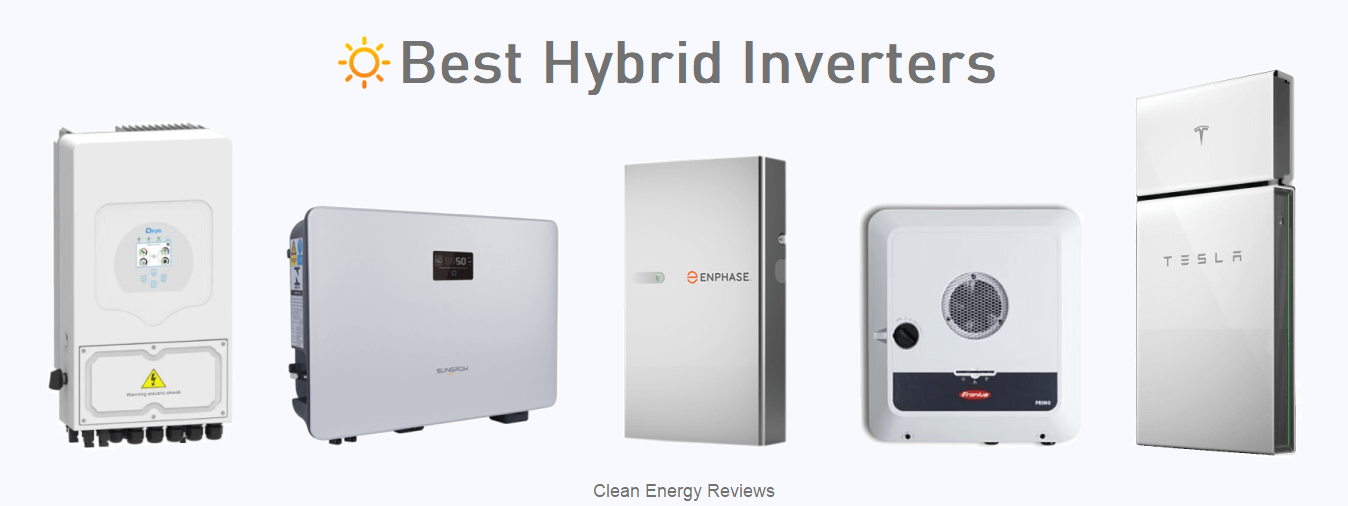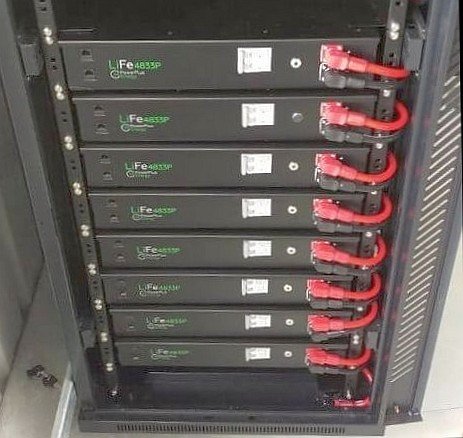Hyundai Solar panels review
home > solar panels > best solar panels review > Hyundai Solar Panels Review
Hyundai Solar Panels Overview
Hyundai Energy Solutions has a reputation for producing quality and affordable solar panels backed by a 25-year product and performance warranty from a manufacturing industry giant. Hyundai panels are built on the distinctive shingled cell format which results in a rather unique and aesthetically pleasing appearance. Shingled cell panels have several advantages and offer improved performance when partial shading is a problem. They are also less prone to micro-cracks when under stress making them some of the reliable and most efficient panels.
Hyundai Solar Panels Quick Summary
Power ratings (Watts): 350W - 485W
Panel Efficiency %: High - 19.9% - 21.3%
Cell technology: Shingled Mono PERC P-type
Price bracket: Medium $$$
Most popular panel: HiE-S400VG 400W
Product Warranty: Excellent - 25 years
Service and Support: Very Good 5/5
Overall: Recommended ☆☆☆☆☆
Company History
Established in 1972, Hyundai Heavy Industries Group has become a global leader and innovator in renewable energy. Hyundai Green Energy was the renewable subsidiary of the South Korean company was but was renamed Hyundai Energy Solutions in 2019. Since then, the company has expanded and returned to many regions with a new generation of high-quality solar PV products back by a 25-year product and performance warranty.
Hyundai Green Energy became a well regarded solar brand in Australia and around the world in 2009 at the beginning of the solar boom but left a few years later to the disappointment of many in the solar industry. Fortunately, the company honoured the responsibility as the manufacturer and warrantor for all Hyundai solar panels and is still fulfilling warranty obligations.
Hyundai Solar panel range
Hyundai produces a range of solar panels designed for residential, commercial and utility-scale applications. Like most other manufactures, Hyundai boosted efficiency across its range by incorporating Mono PERC cells on all new generation panels. To further increase performance, Hyundai focused on the high-density shingled cell format which covers more of the panel surface area and boosts efficiency along with other advantages explained in more detail below.
UF series - Residential shingled cell panels from 375W to 400W
VG series - Residential shingled cell panels from 385W to 410W
UH series - Commercial shingled cell panels from 450W to 480W
VI series - Commercial shingled cell panels from 465W to 490W
Hyundai VG series panel built using shingled silicon cells in 10 strings assembled along the width of the panel
Compact size - The shingled cell panel design results in a shorter and slightly wider panel format which is well suited for residential rooftops. Considering most other manufacturers are now producing taller panels from 1750 to 1950mm, the shorter 1650mm Hyundai panels are one of the few options available for roof areas with limited space.
Hyundai Solar Panels
The most popular panels from Hyundai are the UF and VG series generally available in sizes from 375W to 410W. Both are based on the shingled cell format but they have a slightly different number of cells due to the different size cells used.
UF series panels
Hyundai's UF series shingled cell panels are rated up to 400W and are the most efficient offering, with a maximum panel efficiency of 21.3%. Interestingly, they are based on the smaller, older generation M3 or 158.75mm cell size using 10 strings of 36 cells instead of the larger cells 166mm and 182mm cells used by most competing manufacturers.
UF series features
M3+ shingled cells: 360 cells – 10 strings of 36 (158.75) PERC solar cells
Extremely compact panel – 1646mm high
Efficiency – 20.5% to 21.3%
25-year product warranty on materials and workmanship (Australia & EU Only)
Performance warranty: 0.55% annual degradation, 84.8% guaranteed after 25 years
See the full Hyundai UF series solar panel datasheet
VG series panels
Like the UF series, the VG series are a shingled cell panel but are based on the slightly larger 166mm cell format resulting in fewer cells per string, 34 instead of 36, and a slightly lower voltage. One benefit of a lower voltage is that more panels could be used per string, depending on the inverter voltage range.
VG series features
M6 shingled cells: 340 cells – 10 strings of 34 (166mm) PERC solar cells
Very compact panel – 1719mm high
Efficiency – 19.9% to 20.7%
25-year product warranty on materials and workmanship (Australia & EU Only)
Performance warranty: 0.55% annual degradation, 84.8% guaranteed after 25 years
See the full Hyundai VG series solar panel datasheet
Hyundai VG series ‘all black’ panels installed on a rooftop in rural Australia.
Shingled cell technology
Shingled cell panels have been available for over five years and are a proven reliable cell format that has been adopted by a number of well-known companies over the years including one of the world’s leading solar panel manufacturers Sunpower. Shingled cells use the same monocrystalline silicon wafers used in most common solar cells but are divided and arranged in a unique overlapping format.
Benefits of shingled cells
Increased shade tolerance
Reduced hot spot risk
Reduced risk of micro-cracks
Unique visual appearance
Close up of the Hyundai VG series shingled cells
How do shingled cells work?
Shingled cells are made by dividing a full-size cell into five strips with each section being one fifth the size of a full cell. The narrow cell strips are assembled into long strings of 34 to 40 cells depending on the panel size. This results in a similar string voltage of a regular panel but a fifth of the electrical current. Lowering the string current reduces the resistance and operating temperature which reduces the chance of hot spots forming if there is ever a faulty cell or micro-crack.
Unlike traditional solar panels which use soldered ribbons to interconnect the cells, shingled cell panels instead use electrically conductive adhesive (ECA) which reduces stress on the cells during manufacture. Additionally, as panels heat up and expand slightly during the day traditional solder ribbon expands and can eventually fail while the conductive adhesive used on shingled cells helps reduce the internal stresses due to thermal expansion.
Improved performance under partial shading
Another benefit of using the shingled cell format where the strings of cells are assembled horizontally across the panel is the improved shade tolerance. Since each string of cells is essentially independent, if one or more strings are shaded it does not reduce the current of the other strings.
Shingled cells in strings are able to operate independently and perform very well under partially shaded conditions
Hyundai Warranty
Hyundai has a leading 25-year product warranty which is in line with some of the best solar panel manufacturers including Sunpower, LG and REC, while most other manufacturers offer a 10 to 15-year product warranty. However, the Hyundai 25-year performance warranty is not as high compared to these other brands which use the much more expensive and higher purity N-type silicon.
The product warranty for all Hyundai shingled cell panels covers all material or processing defects including PID (potential induced degradation).
The 25 years limited linear performance warranty - Guarantees at least 98% of the nominal power within the first year. Thereafter, power output with not decrease more than 0.55 % per year. Therefore, minimal nominal rated power after 25 years at least 84.8 %
Note, due to warranty concerns about older generation Hyundai panels, the company released an official statement ensuring all solar panels sold in Australia will be covered. We assume this also applies to all other countries and regions where Hyundai panels were sold.
Summary
Hyundai is generally regarded as one of the higher quality solar panel manufacturers producing reliable and efficient panels based on proven solar PV technology. The shingled cells used by Hyundai offer a number of benefits over the more common split cell panels including improved shade tolerance and increased reliability due to a reduced risk of hot spots and micro-cracks throughout the life of the panel.
The 25-year product warranty and performance warranty put Hyundai ahead of many competitors and highlight the confidence the company puts in its manufacturing and quality control. While Hyundai offers a premium warranty, the panels are very good value for money being considerably cheaper than the high-end brands like LG and Sunpower.


















Bidirectional EV chargers are sophisticated EV chargers capable of two-way charging, which allow an EV to discharge energy back into the grid, known as Vehicle-to-Grid (V2G). In this article, we review the Bidirectional EV chargers currently available or under development, used for both vehicle-to-grid (V2G) and vehicle-to-home (V2H) applications.